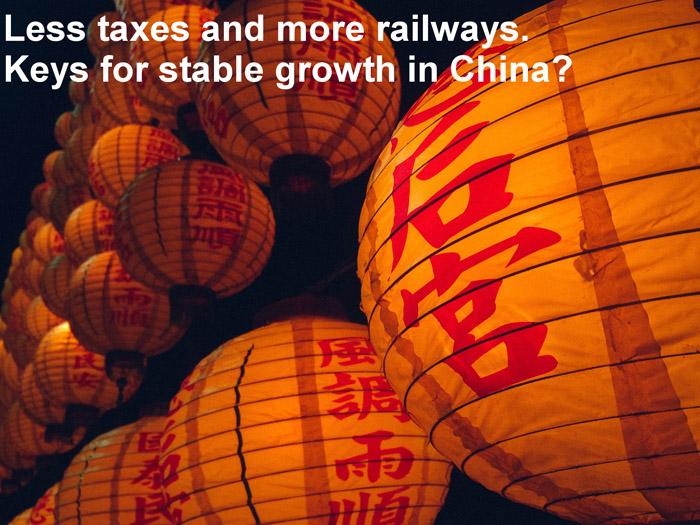Chinese New Year 2019 – Slowing growth and growing railroad network

The big day for China and whole Asia is only a week away when the Lunar New Year celebrations are almost here. Welcome the year of a pig. The year 2018 and beginning of 2019 has been dominated by topics of new of Chinese economic slowdown now and in the future, US–China trade war, North-Korea and of late the scandal around Huawei. Politicians and media outlets sure have been busy.
President Xi’s Belt and Road Initiative (BRI) media coverage has been fairly little, but the project is still carrying on strong. There have, however, been some setbacks. Latest setback came when Malaysia cancelled their participation in major BRI projects with total cost of US$23 billion. The planned East Coast Railway project alongside with two gas pipeline projects have been scrapped. The railway was supposed to provide stable connection from Europe to Singapore. Malaysia decided the benefit to Malaysian people and businesses is not big enough to justify the spending.
At the same time China will not give up its plans to invest heavily on new rail projects. Quite the contrary! China is planning to invest further US$125 billion to build nearly 7,000 kilometers of new rail to boost the national economy. Chinese High-Speed Rail network is already by far the biggest and most impressive in the world. Unlike in the EU and in the USA, Chinese airspace is highly congested as military activities occupy large areas and flight restrictions are imposed in somewhat arbitrary fashion making matters even worse. Efficient High-Speed Rail was a great solution by the government to offer people fast, comfortable, reliable and environmentally friendly way of travelling. EU and USA should take few lessons out from China in this regard. Shanghai–Beijing takes less than five hours, whereas same distance in Europe would take approximately twenty hours by train. China has been investing in its rail network increasingly more since the 2008 financial crisis and various rail projects undertaken in 2019 will reduce the growth reduction China is facing [1].
Another widely reported way Beijing is fighting the slowing economic growth are various tax benefits, which will total US$300 billion starting from 2019. These new tax benefits will come on top of previous tax cuts done in May when e.g. construction, transportation, agriculture saw VAT cuts and small businesses and individuals saw cuts on their taxing. Beijing is seemingly investing large amounts of (debt) money to infrastructure projects and tax reforms in almost a record-breaking fashion. While the debt piles and shadow banking being a well know issue, a new recession or any other external shock could have devastating consequences on highly indebted China. Especially if it comes on top of unsettled trade war with the US [2]. Were China to be forced to radically reduce its imports, ship demand would sink, ports would tumble and eventually, factories would close all around the world. Consequences of Chinese economic collapse would wreak havoc to economy and supply chains globally like never seen before.
Credit rating agencies are not seemingly too worried and are keeping China in A class for both long- and short-term loans. While the ingredients for a catastrophe are present, the Chinese New Year will be celebrated in good and optimistic atmosphere. Let us hope the bad news will never come and all my speculation has been nothing but paranoia!
About Author

Tuomo Keltto
Tuomo Keltto is a logistics engineer who continued his studies in Seoul, South Korea. He studied at the Korean Government scholarship for a Master's degree in international trade and logistics. Now he is back in Finland and he works at Neste in Porvoo. - He has previously been in Steveco Hietanen for three summers as a temporary stevedore and as a foreman for one summer.
